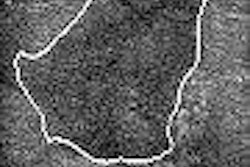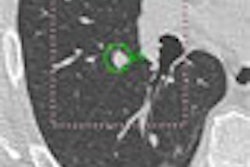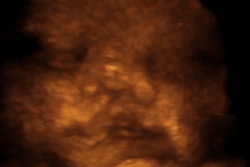Dear RIS Insider,
There was a time when whiteboards were used to schedule staff, typewriters were used to transcribe dictated reports and create bills, diagnostic images were read on lightboxes, and patients were scheduled with weekly ledgers. These processes were efficient enough 30 years ago, but struggling with these artifacts to manage today's busy radiology department simply does not work.
The answer to this problem seems easy enough: Automate antiquated departments with a RIS/PACS. However, as savvy system administrators know, throwing technology at an existing problem rarely results in a successful resolution. Disruptive technologies, those that change the way in which current procedures are conducted, require thoughtful planning prior to implementation if they are to achieve desired results.
Pam Moseley of Rochester General Hospital knew her radiology department had to adopt RIS/PACS to keep from being buried by its workload. She also knew that the hospital's current analog processes would hamstring the digital implementation if they were forklifted on top of the new technology.
Committing to a proactive approach, Moseley conducted a function-by-function workflow analysis of current practices well before the purchase of her RIS/PACS. The intensive and time-consuming analysis provided her with an opportunity to re-engineer the department, as well as achieve impressive results from her RIS/PACS implementation.
To learn more about laying the groundwork for creating a successful RIS/PACS implementation, click here. As a RIS Insider subscriber, you have access to this story before it's published for the rest of our AuntMinnie.com members at the end of the week.
Finally, if you have a comment or story to share about any aspects of RIS or healthcare IT, please get in touch with me at [email protected]. I look forward to hearing from you.



















